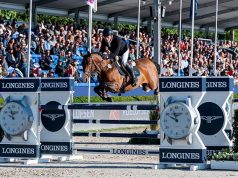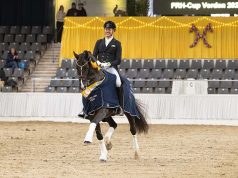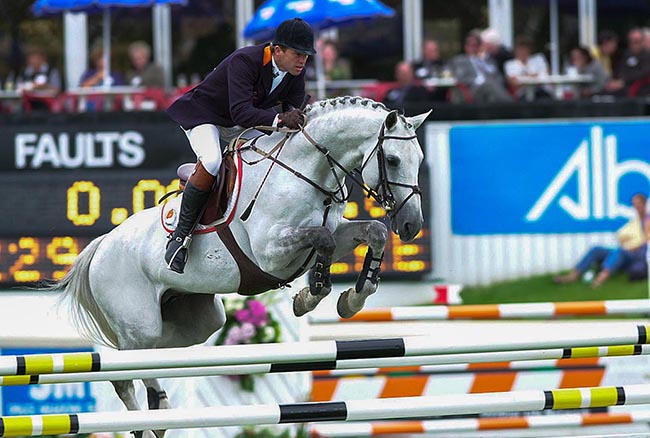Analysis by Judy Wardrope: The FEI World Cup Final for Jumping originated in 1979 and the FEI World Cup for Dressage began in 1986. For comparative purposes, we will look at the past and the present from different perspectives with the hope of better predicting the future.
Since the inception of the Jumping Final, where Gladstone emerged victorious, a majority of the winners have pedigrees containing a good measure of the ‘blood’ so often touted. One was a pure Thoroughbred (Jet Run in 1981), one was pure Trakehner (Abdullah in 1985) and one was pure Anglo Arab (Dileme de Cephe in 2004).
Blood
Surprisingly, representation by Irish Sport Horses in the winner’s circle in jumping is limited to Flexible in 2012. On the surface, one would have expected the Irish stud- books, with their numerous approved stallions of pure or partial Thoroughbred ancestry to have figured more prominently. Could it be that they simply prefer outdoor venues?

Jan Tops, former rider, cur- rent coach to the Qatari national showjumping team, and a driving force behind the Global Champions Tour, said, “A good horse jumps well indoors and outdoors. They need to have blood,
some Thoroughbred. Today you need a horse with a lot of blood at this level. What is needed here (World Cup Finals) is too much for an amateur.” Where would he advise breeders get the Thoroughbred influence he deems necessary? “Today, the breeds are all mixed up. You have to judge the individuals.”
In dressage, where Marzog was the first World Cup Champion, both Thoroughbred and Trakehner emerge as the contributors of refinement and/or blood on a consistent basis...



